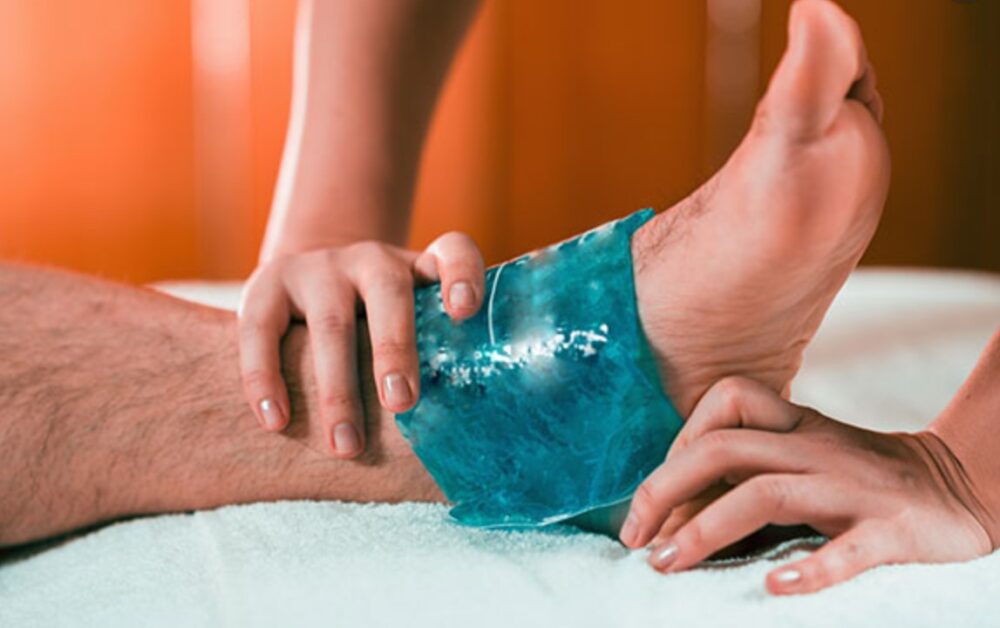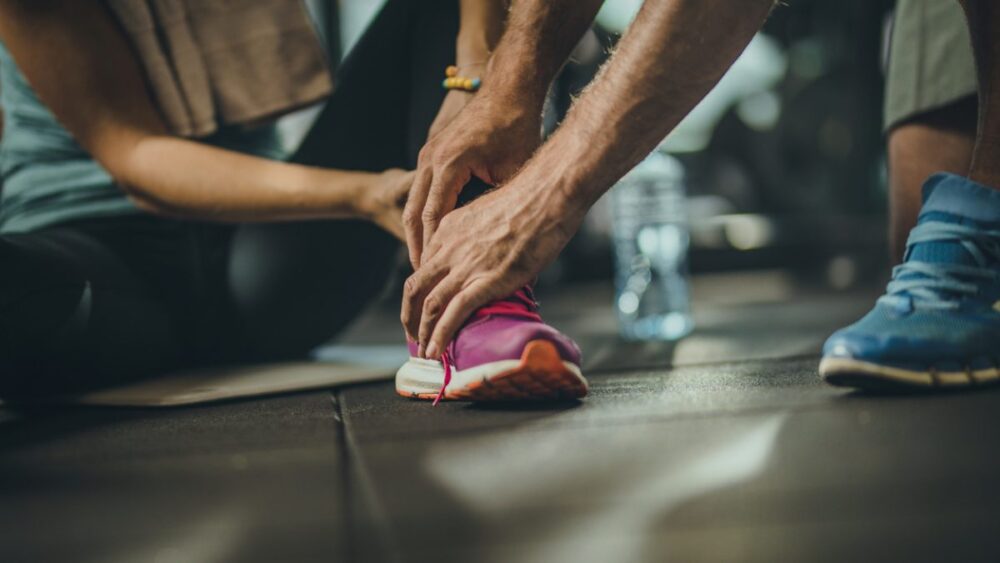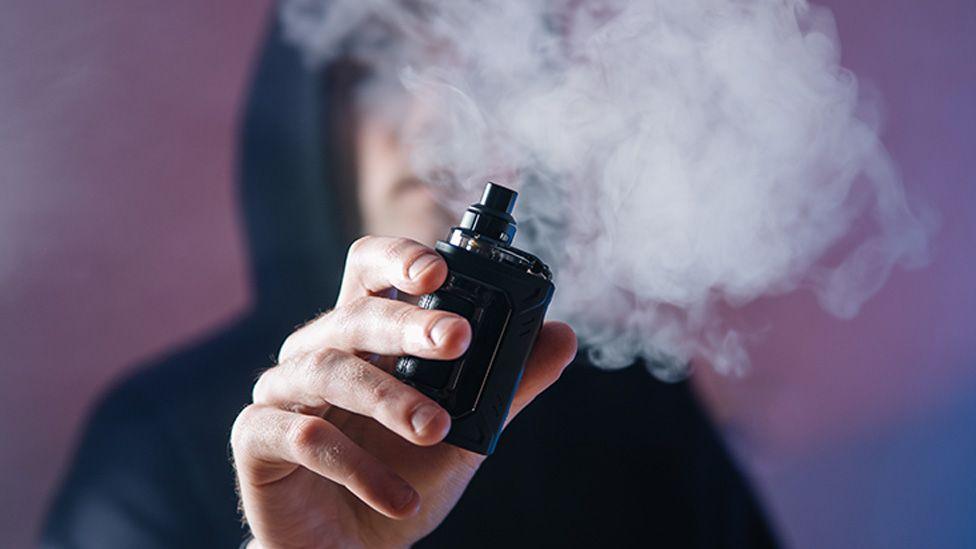Stress fractures are easily one of the most common injuries to overlook. These tiny cracks in the bone aren’t always visible, and if you rest enough, they can heal on their own.
While the bone is cracked, you’ll feel dull pain when you’re using the body part that’s fractured. The pain may go away when you stop the activity, then come back again.
But if you don’t let the injury rest long enough, it can become a major issue. This happens a lot with athletes. This group of people is the most prone to stress fractures and usually go with the “work through the pain” mentality.
Stress fractures are typically seen in the foot or heel, hip, lower back, or shin. The most helpful treatment for these cracks is time and rest.
In the meantime, you’re probably going to be in mild to severe pain. These seven tips can help you deal with the pain that comes with a stress fracture.
1. Start With a Visit to Your Doctor

Although they can heal on their own, a stress fracture can also get much worse if it’s not treated. As soon as you think you might have this type of injury, it’s essential that you stop any related activities and schedule a trip to see your physician.
The doctor will give you some treatment guidelines and advice. Make sure you follow their advice. Improperly healed stress fractures often turn into arthritis or end up needing surgery to fix them.
2. The RICE Treatment

RICE is the basic first aid for most injuries. Rest, ice, compression, and elevation make up this treatment.
It’s a simple method you can use at home. When you’re resting, apply an ice pack for ten minutes to the affected area. You can also put a handful of ice cubes in a Ziploc bag and rub them along the painful spot. This works like a massage, but the ice reduces the inflammation.
Compression is the next part. Use an elastic bandage (the most common one is the Ace wrap). Wrap it snugly but not tightly around the injury. Wrapping it too tightly can result in swelling, so loosen it up if you notice any tingling or numbness.
Compression is only necessary for the first 48 – 72 hours after the injury unless your doctor says otherwise. After that, you can use the compression bandage to wrap the ice around the area and keep it from moving.
Elevation can be done while you’re resting with the ice pack. Raise the injury using pillows or something comfortable. The goal is to get the injured area to at or above heart level to reduce swelling.
3. Non-Steroidal Anti-Inflammatories

Talk to your doctor about using non-steroidal anti-inflammatories (also known as NSAIDs) to reduce the pain and swelling. Ibuprofen products, like Advil and Motrin, might work for you. Naproxen products, such as Naprosyn and Aleve, are over-the-counter anti-inflammatories, too.
However, some health conditions can be worsened by taking these products. Using NSAIDs chronically has been linked with the increased chance of getting peptic ulcer disease. You’re also at greater risk of acute renal failure and strokes or heart attacks.
Be cautious about taking NSAIDs for too long. They may be available over the counter, but that doesn’t mean they’re safe.
4. THCA Products

A natural anti-inflammatory and pain reliever is cannabis. In its rawest form, the cannabis plant is full of THCA and CBDA compounds. These have medicinal benefits that are only just now being fully understood.
THCA, before it becomes THC, is used as healthcare treatments for conditions like:
- Anti-inflammatory conditions such as arthritis
- Inflamed areas from stress fractures and other acute injuries
- Inhibition of tumor growth in some cancers, such as prostate
- Reduction in nausea and vomiting after chemotherapy
- Pain management for chronic conditions
THCA is found in all cannabis flowers. You’ll see a label on the product you buy that tells you how much THC or THCA is in it. For more about using THCA to treat your injury, check out this article by Veriheal.
5. Adjusting Your Footwear

Using shoes that aren’t sturdy is never a good idea for your body. These types of footwear make it easy for your ankles to bend and don’t have arch support.
Without a thick, cushioned sole, your heels don’t have protection, and there isn’t any shock absorption. Your skeleton, particularly your spine, pays for this by having to absorb the impact every time you walk.
When you have a stress fracture, the bone that’s already hurt needs protection from this shock. Post-op shoes or braces can keep the foot on the injured side from any stress. You can also try a wooden-soled shoe or use crutches until the fracture heals.
6. Get Physical Therapy

After the initial period of rest, your doctor might recommend exercises through physical therapy. The physical therapist is trained in low-impact activities that will increase your healing rate without making the fracture worse.
When you attempt exercising on your own, it’s easy to exacerbate the problem, delaying healing. The physical therapist will teach you how to take care of your injury by showing you:
- Range of motion exercises to get you back to full movement in the injured area.
- Muscle-strengthening movements to avoid atrophy in the muscles.
- Balance training to teach your muscles how to deal with uneven surfaces to avoid injury in the future.
The physical therapist will also educate you about nutrition, choosing the right shoes in the future, and training and exercise to prevent future injuries. The stronger your injury becomes, the less pain you’ll feel.
You could also use cold therapy. There are a variety of methods like Ortho Bracing that can be used for cold therapy, including ice packs, cryotherapy (the application of liquid nitrogen or cold air), as well as a range of products such as cooling vests, wraps, and sleeves.
Treatments work by reducing blood flow to the affected area, thereby reducing swelling and inflammation while providing pain relief.
While cold therapy treatments have been used successfully to treat many conditions for centuries, there have been many advancements in technology in recent years that have allowed for more effective treatment options with fewer possible side effects.
7. Electric Bone Stimulation

It might sound scary, but electric bone stimulation is a non-invasive treatment. It’s offered in many doctors’ and physical therapy offices.
The goal of this technique is to stimulate bone growth through low-voltage electrical currents. Small electrodes are placed on the skin surrounding the stress fracture. These little discs use attached wires to push the electrical current or ultrasound through your bone.
It’s painless, but it’s a smart way to speed up the healing process and reduce the pain you’re feeling.
Conclusion
When you’re recovering from a stress fracture, time is the only true healer. But you don’t have to deal with the pain as you wait for the break to mend. These seven tips will increase the speed of your recovery and decrease your discomfort.
If you see that someone is badly injured providing toronto cpr or moving the victims is not necessary, staying close to them should be enough.





